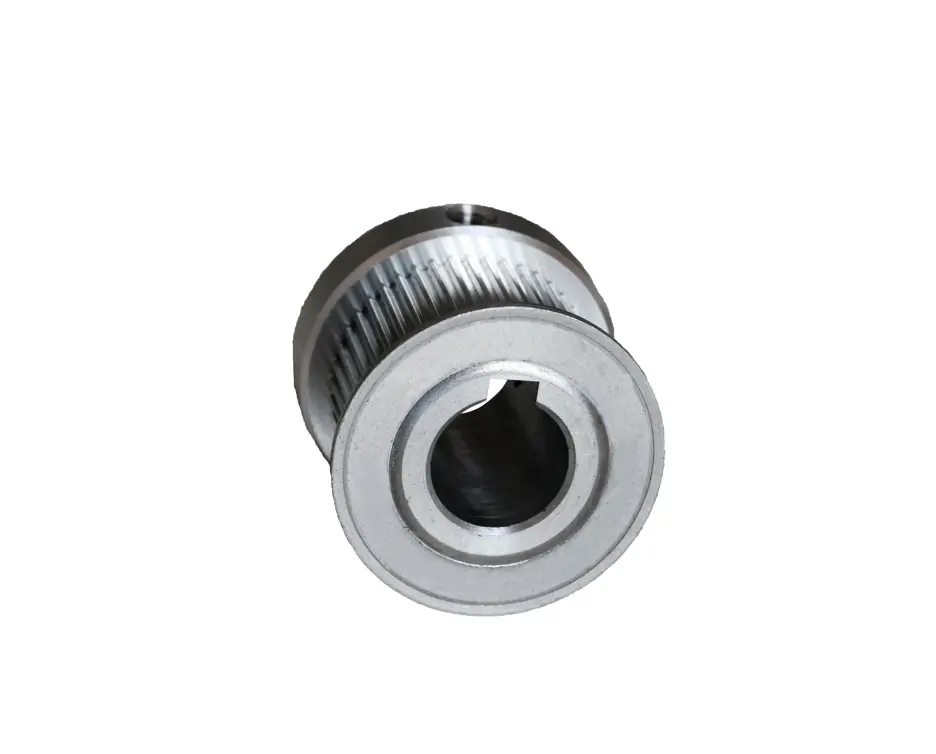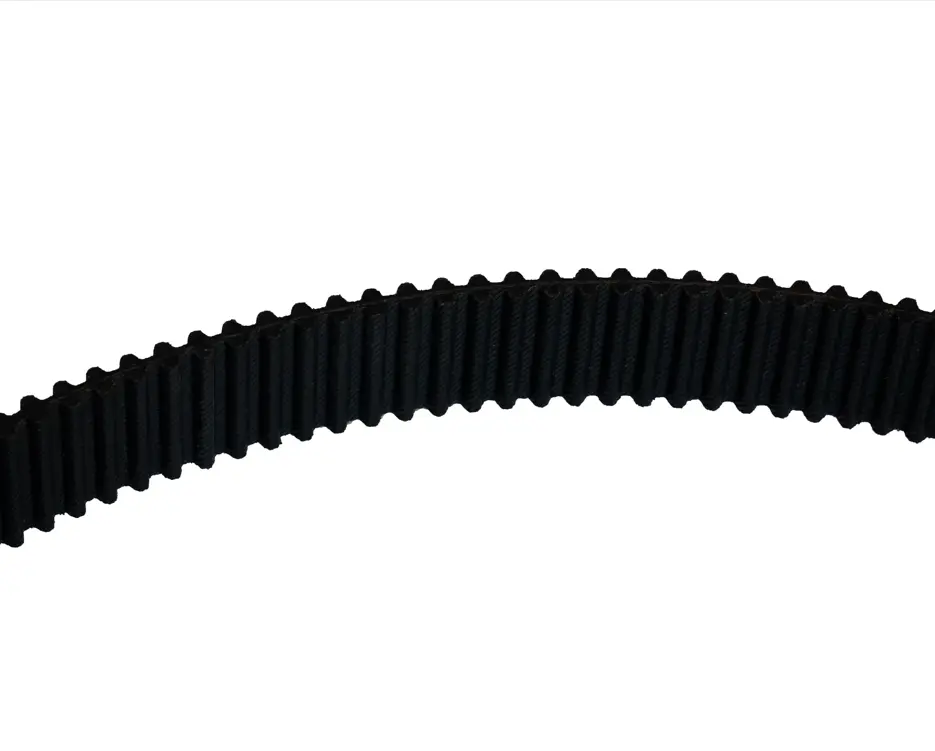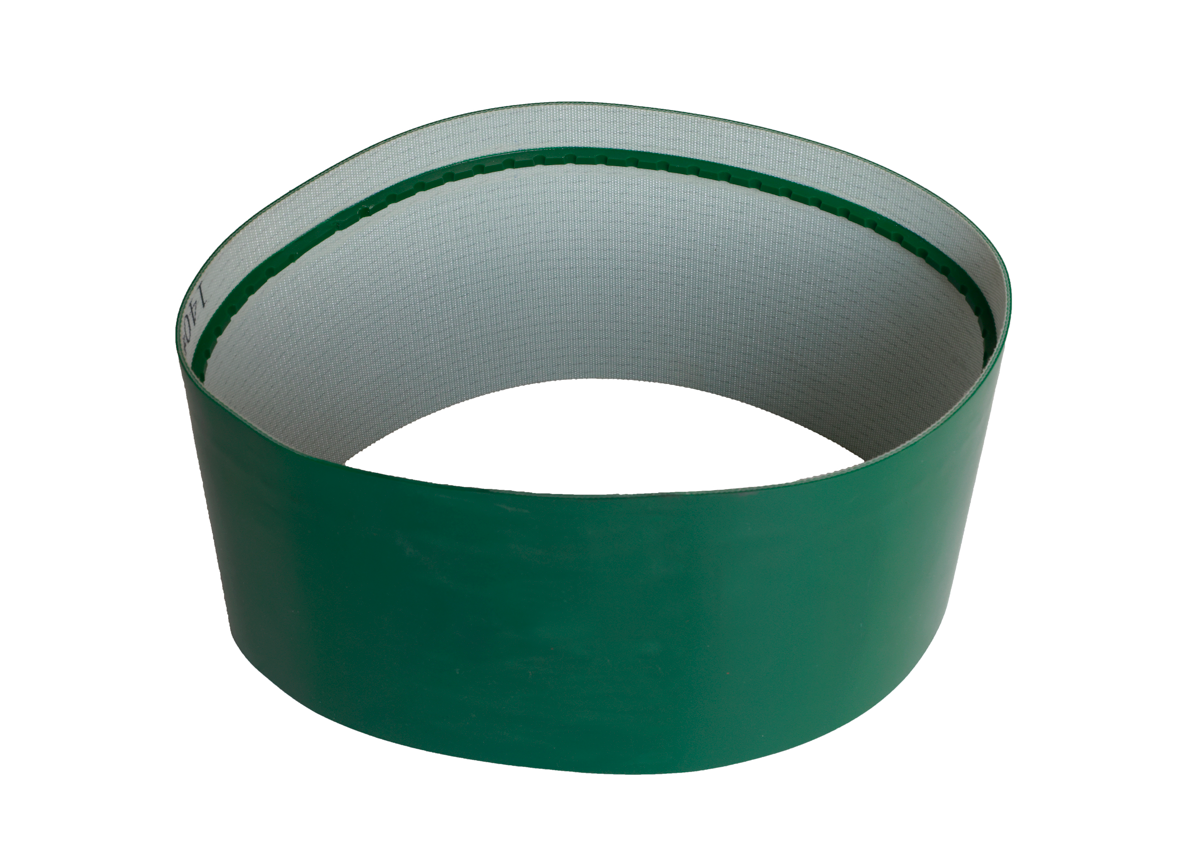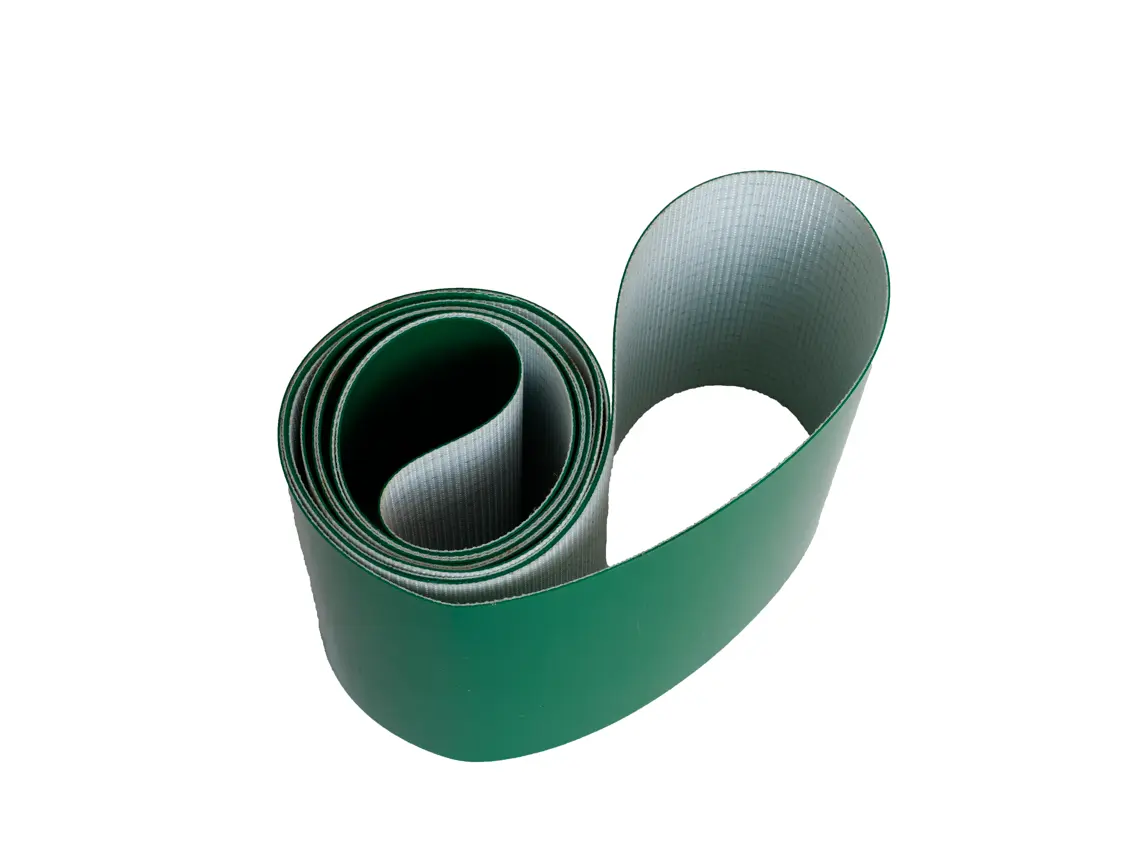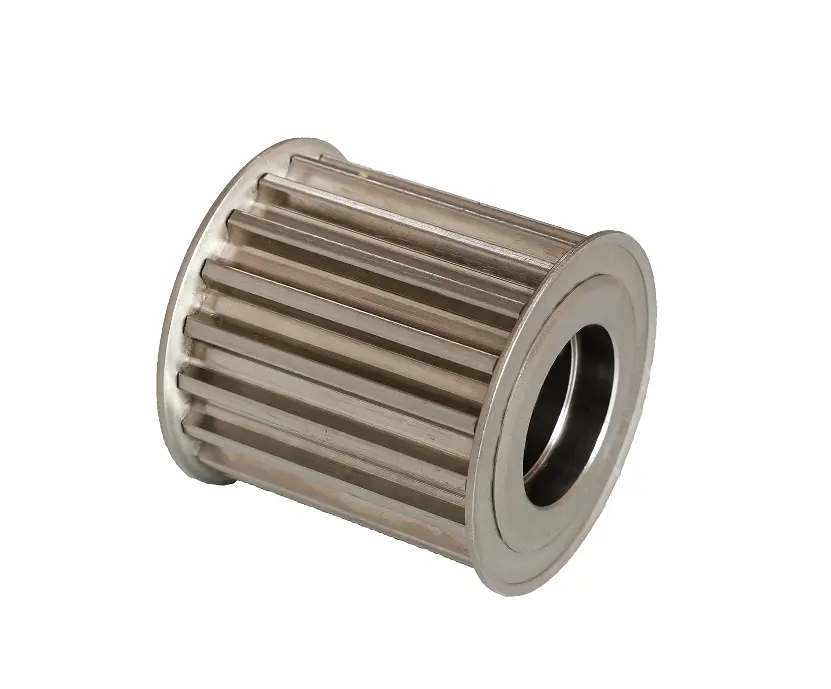42CrMo Steel's Role in Heavy-Duty Timing Pulley Engineering

The use of 42CrMo alloy steelplays a critical role in enhancing the performance of heavy-duty Synchronous Pulleys. In industries like mining, where mining equipment pulleys are subjected to harsh conditions, these environments often lead to challenges such as contamination, lubrication failures, and overloading. To combat these issues, durable materials like 42CrMo alloy steel are essential for reliable performance in synchronous pulleys.
Key Takeaways
- 42CrMo steel enhances the performance of synchronous pulleys, making them more durable and reliable in harsh environments like mining and construction.
- Investing in 42CrMo steel can lead to long-term savings due to its extended lifespan and reduced maintenance needs, making it a cost-effective choice.
- The integration of smart technologies with 42CrMo Steel Pulleys allows for predictive maintenance, minimizing downtime and enhancing safety.
Properties of 42CrMo Steel

Understanding the properties of 42CrMo steel is essential for appreciating its role in heavy-duty synchronous pulley engineering. This alloy steel boasts remarkable mechanical strength, toughness, and resistance to wear and fatigue, making it a top choice for demanding applications.
Mechanical Strength
Mechanical strength is one of the standout features of 42CrMo steel. It exhibits impressive tensile and yield strength values, which are crucial for heavy-duty applications. Here’s a quick look at its strength properties:
| Property | Value |
|---|---|
| Tensile Strength | 930 – 1080 MPa |
| Yield Strength | ≥ 780 MPa |
These values indicate that 42CrMo steel can withstand significant forces without breaking. This high mechanical strength contributes to the longevity of synchronous pulleys, ensuring they perform reliably under heavy loads. For instance, the tensile strength of 980-1200 MPa allows the material to resist breaking under tension, while a yield strength of ≥785 MPa helps maintain its shape under stress, preventing failure.
Toughness and Ductility
Toughness and ductility are vital for materials used in dynamic environments. 42CrMo steel excels in these areas, allowing it to absorb energy from impacts without fracturing. This characteristic is particularly important for synchronous pulleys, which often face sudden loads.
Here’s a summary of how 42CrMo steel performs under varying temperature conditions:
| Temperature Range (K) | Strain Rate (s−1) | Ductile Fracture Criteria (DFC) Range |
|---|---|---|
| 1123 - 1348 | 0.01 - 10 | 0.16 - 0.227 |
The ability to deform without breaking is crucial for energy absorption during impacts. This means that 42CrMo steel can handle the stresses of heavy machinery and high-stress environments effectively.
Resistance to Wear and Fatigue
Resistance to wear and fatigue is another critical property of 42CrMo steel. In industrial applications, this steel shows significant wear resistance, especially under fretting fatigue conditions. Here are some key points regarding its performance:
- 42CrMo4+QT steel demonstrates a 50% reduction in fatigue limit compared to plain fatigue data when tested under specific loading conditions.
- Research highlights the importance of parameters like mean stress and surface wear, which are essential for understanding the material's performance.
This resistance to wear and fatigue ensures that synchronous pulleys maintain their functionality over time, reducing the need for frequent replacements and enhancing overall efficiency.
Advantages of 42CrMo Steel
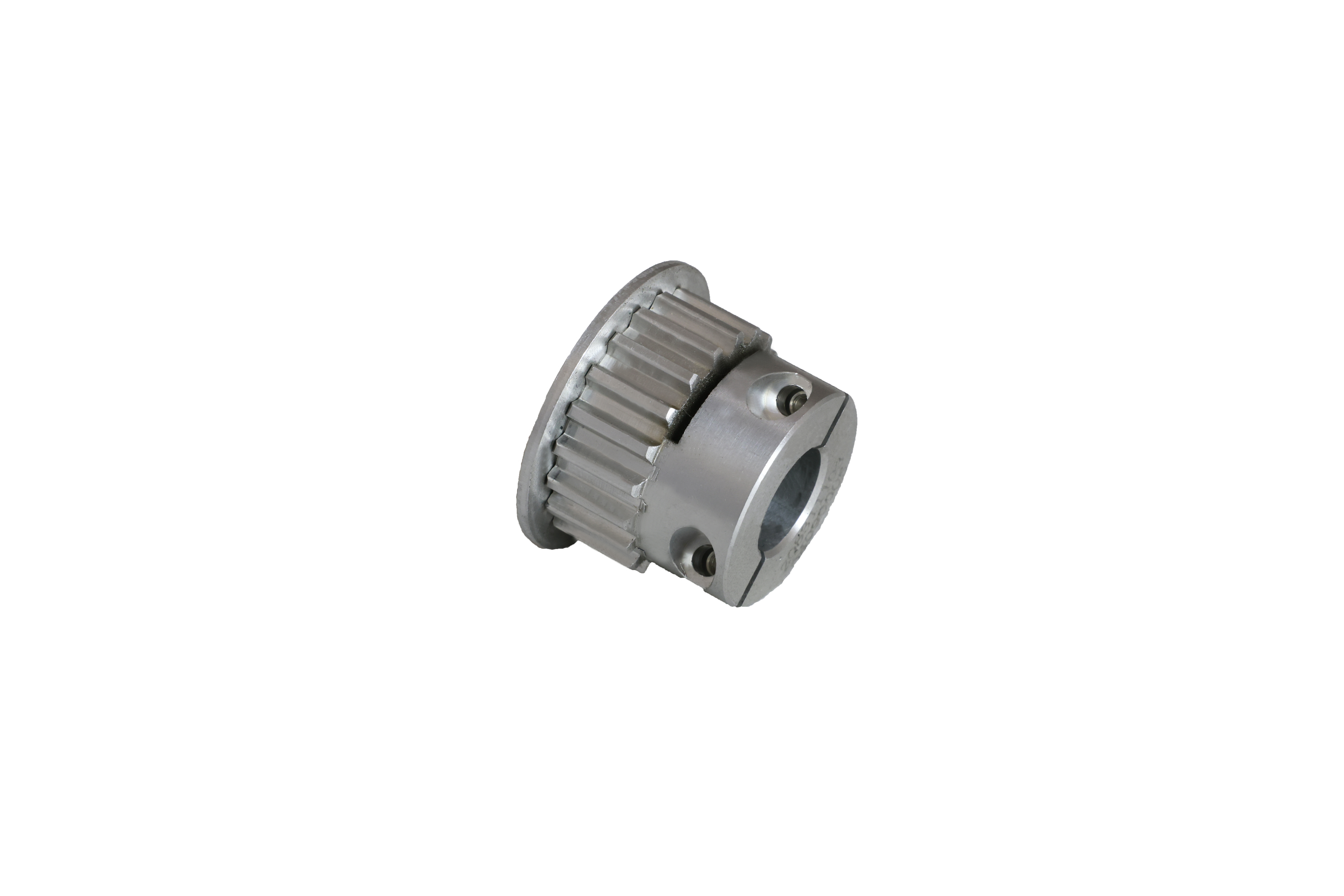
When it comes to heavy-duty synchronous pulleys, 42CrMo steel stands out for several reasons. Its unique properties give it an edge over other materials, making it a preferred choice in demanding applications. Let’s explore how it compares to carbon steel and stainless steel, as well as its long-term cost benefits.
Comparison with Carbon Steel
42CrMo steel offers significant advantages over carbon steel, especially in high-stress environments. Here are some key points of comparison:
- Strength: 42CrMo steel has higher tensile and yield strength than standard carbon steel. This means it can handle heavier loads without deforming or breaking.
- Durability: While carbon steel may be adequate for lighter applications, it often fails under extreme conditions. In contrast, 42CrMo steel maintains its integrity, ensuring that synchronous pulleys last longer.
- Impact Resistance: The toughness of 42CrMo steel allows it to absorb shocks better than carbon steel. This is crucial for pulleys that experience sudden loads in mining and construction.
Benefits Over Stainless Steel
While stainless steel is known for its corrosion resistance, 42CrMo steel has its own set of benefits that make it a strong contender:
| Material | Corrosion Resistance | Maintenance Requirements |
|---|---|---|
| 42CrMo4 Steel | Moderate; susceptible to pitting in chloride-rich environments | Requires protective coatings or surface treatments for enhanced durability in corrosive applications |
| Stainless Steel (304/316) | Excellent corrosion resistance | Generally lower maintenance due to high resistance to corrosion |
Although stainless steel excels in corrosion resistance, it often comes with a higher price tag. For applications where cost is a concern, 42CrMo steel provides a balance between performance and affordability.
Cost-Effectiveness in Long-Term Use
Investing in 42CrMo steel can lead to significant long-term savings. Here’s why:
- The initial cost of 42CrMo steel is 40-60% higher than that of 45# steel. However, this upfront investment pays off over time.
- In high-replacement-cost scenarios, the lifespan of 42CrMo steel can be extended by two to three times compared to other materials.
- It significantly reduces maintenance frequency by more than 50% in environments where downtime is costly.
These factors make 42CrMo steel a smart choice for industries relying on heavy-duty synchronous pulleys. By choosing this material, companies can enhance performance while keeping costs manageable.
Synchronous Pulley Applications in Mining and Construction
Synchronous pulleys play a vital role in mining and construction. Their applications in heavy machinery and conveyor systems significantly enhance operational efficiency and safety.
Use in Heavy Machinery
In heavy machinery, 42CrMo steel pulleys provide exceptional durability. The high strength and wear resistance of this material enhance the longevity of equipment. Here are some benefits:
- Durability: 42CrMo steel withstands harsh conditions, reducing the frequency of replacements.
- Toughness: The high chromium content offers superior toughness and resistance to cracking.
- Heat Resistance: Molybdenum improves hardness and heat resistance, ensuring reliable performance under stress.
These features make synchronous pulleys made from 42CrMo steel ideal for demanding tasks in mining and construction.
Role in Conveyor Systems
Synchronous pulleys are essential in conveyor systems. They ensure smooth operation and efficient material handling. The strength of 42CrMo steel allows these pulleys to handle heavy loads without failure. This reliability minimizes downtime and boosts productivity.
Impact on Safety and Efficiency
The use of 42CrMo steel in synchronous pulleys enhances safety and efficiency. Stronger pulleys reduce the risk of equipment failure, which can lead to accidents. Additionally, their durability means less maintenance, allowing workers to focus on their tasks rather than repairs.
Technological Innovations in Synchronous Pulley Engineering
Recent advancements in manufacturing techniques and smart technology integration are transforming synchronous pulley engineering. These innovations enhance the performance and durability of pulleys made from 42CrMo steel, making them even more reliable in demanding environments.
Advances in Manufacturing Techniques
Manufacturers have adopted several new techniques to improve the quality of 42CrMo Steel Synchronous Pulleys. Here’s a quick overview of some of these methods and their benefits:
| Technique | Benefits |
|---|---|
| Carburizing and quenching | Increases toughness and durability |
| Hard chrome plating | Enhances surface hardness and wear resistance |
| Ferroferric Oxide Protective Film | Provides additional protection in harsh environments |
| Nickel plating | Improves corrosion resistance |
| Anodizing | Enhances surface properties |
| Nitriding | Increases fatigue life |
| Induction hardening | Improves wear resistance and surface hardness |
| Shot peening | Enhances fatigue strength |
| Use of advanced materials (4140, 4340, 17-4 PH) | Provides superior hardenability and fatigue strength |
These techniques not only boost the performance of synchronous pulleys but also extend their lifespan, reducing the need for frequent replacements.
Integration with Smart Technologies
The integration of smart technologies into synchronous pulley systems is another exciting trend. Sensors and IoT devices can monitor the performance of pulleys in real-time. This allows for predictive maintenance, which helps prevent failures before they happen.
Imagine a system where pulleys send alerts when they need maintenance. This proactive approach minimizes downtime and enhances safety. As industries continue to embrace these technologies, the future of synchronous pulleys looks brighter than ever.
Case Studies of 42CrMo Steel Implementations
Examining real-world applications of 42CrMo steel reveals its effectiveness in enhancing the performance of synchronous pulleys. Let's look at some successful implementations in mining and construction projects.
Successful Implementations in Mining
In the mining sector, companies have adopted 42CrMo steel for its durability and strength. For instance, a leading mining operation in Australia replaced traditional materials with 42CrMo steel in their synchronous pulleys. This change resulted in a 30% increase in lifespan and a significant reduction in maintenance costs. The robust nature of 42CrMo steel allowed the pulleys to withstand harsh conditions, including heavy loads and abrasive materials.
Key Takeaway: Using 42CrMo steel in mining applications not only enhances performance but also leads to substantial cost savings.
Examples from Construction Projects
Construction projects also benefit from 42CrMo steel. A notable example comes from a large infrastructure project in Canada. Engineers chose 42CrMo steel for their synchronous pulleys in cranes and hoisting systems. The result? Improved safety and efficiency. The pulleys handled heavy loads without failure, reducing downtime and increasing productivity on-site.
In another case, a construction firm in Europe reported that switching to 42CrMo steel pulleys cut their replacement frequency in half. This change allowed workers to focus on their tasks rather than worrying about equipment failures.
Key Takeaway: The implementation of 42CrMo steel in construction projects leads to safer operations and enhanced efficiency.
Future Trends in Engineering Practices
As industries evolve, the focus on sustainability and advanced materials becomes crucial in engineering practices. The use of 42CrMo steel aligns with these trends, offering both environmental benefits and innovative material solutions.
Sustainability Considerations
Sustainability plays a vital role in modern engineering. The production of 42CrMo steel using Electric Arc Furnace (EAF) technology significantly reduces environmental impacts compared to traditional methods. EAF operations utilize 84% recycled ferrous scrap, leading to a reduction in energy consumption to only 25% of that required by average steel operations globally. Additionally, EAF technology generates only 12% of the greenhouse gases produced by traditional blast furnace methods. This showcases a more sustainable approach to steel manufacturing.
The benefits of 42CrMo steel in promoting sustainability include:
- High Strength and Durability: Reduces the need for frequent replacements, minimizing waste and environmental impact.
- Recyclability: Can be reused multiple times without losing properties, promoting sustainability.
- Energy Efficiency: Production methods are increasingly energy-efficient, lowering the carbon footprint.
Evolving Material Science
The future of synchronous pulleys also lies in evolving material science. Emerging technologies are shifting the market towards lightweight yet high-strength materials. These innovations help reduce rotational inertia while maintaining torque transmission capabilities.
Key advancements include:
- Development of high-performance materials, such as reinforced polymers and composites, enhances durability and reduces maintenance cycles.
- Precision engineering techniques, like CNC machining and additive manufacturing, enable optimized pulley designs for better torque transmission.
These trends lead to smoother operation in sectors like automotive, aerospace, and industrial machinery. As engineers embrace these advancements, the performance of synchronous pulleys will continue to improve, paving the way for a more efficient and sustainable future.
In summary, 42CrMo steel offers numerous advantages in synchronous pulley engineering. Its strength, wear resistance, and adaptability enhance machinery efficiency and reliability. Material selection plays a crucial role in advancing this field. For instance, steel demand in timing belt pulley manufacture is expected to rise by 20% over the next five years. This growth highlights the importance of choosing the right materials to meet industry standards and ensure long-lasting performance.
| Material | Key Characteristics | Impact on Performance |
|---|---|---|
| Steel | Strength, wear resistance, adaptability | Enhances efficiency and reliability in machinery |
| Plastic | Lower strength, less wear resistance | Less suitable for heavy-duty applications |
By prioritizing quality materials like 42CrMo steel, industries can achieve greater safety and efficiency in their operations.
FAQ
What is 42CrMo steel used for?
42CrMo steel is primarily used in heavy-duty applications, including synchronous pulleys in mining and construction machinery.
How does 42CrMo steel compare to other materials?
42CrMo steel offers superior strength and durability compared to carbon and stainless steel, making it ideal for demanding environments.
Why is 42CrMo steel cost-effective?
While it has a higher initial cost, its long lifespan and reduced maintenance needs lead to significant savings over time.




